Guadua Bamboo Climate Requirements
Optimal climate conditions to grow Guadua bamboo together with soil properties will determine to a large extent whether the development of a commercial bamboo plantation will be successful or not.
7 climatic variables must be studied and researched before establishing a commercial bamboo farm in a given location. They are; average annual temperature, altitude, annual average rainfall (precipitation), latitude, average hours of sunlight per year, relative humidity, and average wind speed.
| Variables | Optimal Range |
|---|---|
| Temperature (°C) | 20 - 26 |
| Altitude (m above sea level) | 900 - 1600 * |
| Precipitation (mm / year) | 2000 - 2500 |
| Latitude (°north) | 4 * |
| Sunshine (hours / light / year) | 1800 - 2200 |
| Relative Humidity (%) | 75 - 85 |
| Wind Speed | weak - moderate |
* Benchmarks which shouldn't be interpreted literally. They change according to country and location.
Guadua bamboo is found in many different regions of South and Central America, in valleys, undulating or flat areas, ravines, riverbanks, etc. One of the native areas that show great developed of Guadua angustifolia, and where you can see outstanding and spectacular natural Guadua forests, is in the coffee region of Colombia. The following optimal climate conditions are based on that location and serve as a general benchmark for the establishment of Guadua bamboo farms in other countries or regions.
1. Temperature
Guadua angustifolia culm
Guadua shows great adaptability in terms of temperatures, it can be found in warm and more temperate climates and can adapt to various environmental conditions. The lower limit of adaptability for Guadua angustifolia corresponds to a minimum average temperature of 16°C, and the maximum average temperature is 36°C. The optimal temperature range to grow Guadua bamboo lays between an average temperature of 20°C and 26°C.
Temperature is not considered the most important variable for establishing bamboo plantations, although you should always remember that the development of the plantation will be affected when growing Guadua bamboo outside the optimal range. Stem diameter and height is greatly reduced when bamboo farms are developed in lower or higher than average temperatures and altitudes.
It is very important to understand what average annual temperatures mean and what the different daily temperatures are for a specific region. The average yearly temperature for a region could be 26°C, while in fact the average summer days have temperatures of 40°C, or more. Likewise, if the annual average temperature is 17°C, winter temperatures could drop to 5°C or 6°C. These two examples show the incredible capacity of the species, although being a tropical species, it adapts and can withstand temperatures far beyond their optimum range.
Higher temperatures favor the development of Guadua while on the contrary low temperatures negatively affect the development speed, the plantation will be equal in size in a colder climate but it will take longer to do so.
However, the resistance of stems produced in lower temperature areas are stronger than those obtained in areas with high temperatures, but it does not mean that stems in hot climates can not be used in construction; it is true that they have less resistance compared to those developed in lower temperatures, but not to the extent that they are so weak that they cannot be used with good results.
Higher temperatures in association with well-distributed rainfall greatly promote the development of Guadua.
What happens when average temperatures are too high?
Guadua plantations established under higher than average temperatures and low altitudes present smaller stems with an average of 14-16 m in height, and 6-8 cm in diameter, whereas plantations in optimal conditions develop stems of 20 m tall and 11 cm in diameter on average. The stems show a yellowish to deteriorated color especially closer to the coast and the resistance / strength of the stems is much less compared to Guadua grown under optimal climate conditions.
What happens when average temperatures are too low?
When Guadua plantations are grown under lower than average temperatures and higher altitudes, the average height of the stems is reduced similarly, between 15-17 m, and average diameters between 7-9 cm. However, contrary to what happens to forests that develop at higher than average temperatures and low altitude above sea level, these forests are uniform in diameter, with short internodes, of dark green color and stems are even more resistant than those obtained under ideal conditions. In general, a Guadua bamboo plantation located in higher areas, due to adverse climate conditions, may have a 35% decrease in stem height, 20% decrease on the number of internodes, and a 20% decrease in diameter.
Guadua does not grow well in climates with average temperatures below 13°C and entire stands could easily die.
2. Altitude
Under optimal condition Guadua angustifolia grows best at altitudes between 900 m and 1600 m above sea level, although it can been found from 40 m up to 2400 m above sea level.
Guadua angustifolia forest at 1500m above sea-level in Colombia
As seen in the previous section, height above sea level is directly related to temperature. It is the average temperature that plays the decisive role in the development of Guadua bamboo, and not, while being important, the height above sea level.
In Colombia, the best development of the species are achieved at altitudes between 1300m and 1500m above sea level, which is reflected in a greater number of stems and greater mechanical strength.
3. Precipitation
From all the climate factors, precipitation or rainfall is the most important variable. If all other conditions are optimal but precipitation is lacking, the development of the bamboo farm will be affected remarkably.
Guadua angustifolia can be developed in areas where annual rainfall ranges between 1270 mm and 5000 mm, but the optimal development of Guadua bamboo clumps occur when average annual precipitation ranges between 2000 mm and 2500 mm.
Moreover, it is not so much the total amount of rainfall per year but the even distribution of those rains throughout the year that highly favor the growth of Guadua bamboo farms. Soils with high water tables foster the development of the species because they can uptake water from the soil during dry periods as well.
Rainfall of less than 1200 mm a year are unfavorable for the growth of the species. However, Guadua angustifolia can grow under these limited precipitation conditions if rainfall occurs well distributed during the year. Guadua is demanding in water, but under conditions of low rainfall they use it very efficiently.
In the first six months after planting, rainfall is the most important factor. Water deficit in these early stages of planting are fatal because of high mortality rates which results in the uneven development of the plantation and the large amount of new seedlings that will have to be replaced.
In tropical climates, rainfall patterns alternating with 3-month regimens of rain and relative drought poses no concern to establish any plantation project with Guadua, seedlings can be planted all year long.
In subtropical areas, rainfall behaves very different from the tropical region. Rains occur for 5 or 6 months followed by dry spells of 6 or 7 months. Planting should be scheduled before the start of the rainy season, so the bamboo seedlings have at least 5-6 months to sufficiently developed in order to survive 6 months of dry season without significantly affecting their development.
Commercial Guadua farms planted in areas with only 1900 mm of rain per year distributed between 5 and 7 months, does not significantly altered the development of the species. Guadua seedlings receiving less than 3 months of water after planting are affected by a death rate of more than 70%.
Guadua bamboo plantations over a year old can withstand up to 8 months of drought, during which time it can completely defoliate giving the appearance that the entire plantation died, but when rains start to appear new leafs and shoots quickly start to appear again. Obviously, even though the plant didn't die you do have a developmental delay, which can have commercial and economic consequences.
In small bamboo farms you may consider irrigating during these six months, which could be a solution, but the costs of irrigation might be too high compared to the commercial value of the stems. By all means, it is not advisable to consider starting a large commercial bamboo farm (more than 50 hectares) where irrigation facilities need to established.
4. Latitude
Growing Guadua at 1200 m in Colombia is not the same as planting at the same altitude in Mexico or other countries, because the latitude in other countries alters the optimal variables of altitude and temperature. Different latitude under the same altitude, will result in different average temperatures.
The center of origin of Guadua angustifolia is located between 3 and 5 degrees north latitude. The most developed natural Guadua forests are found at 4 degrees north latitude in Colombia. This variable is important when planting Guadua angustifolia in other countries and thus latitudes.
To establish Guadua under different latitudes, you should consider that for every 4 degrees of latitude you move to the north or south of the equator line of cultivation, the site will lose 1°C in temperature. Also for every 160 m that you change in altitude (upwards or downwards) you will win or lose 1°C in temperature.
For example: Guadua angustifolia grows in its original habitat in Colombia at 1300 m above sea level, average temperature is 23°C and at 4 degrees north latitude. If you would introduce Guadua to Mexico, we’ll need to evaluate the latitude first. Let's say we wish to develop in a region that has a 24 degrees north latitude. This change in latitude implicates that at 1300 m the average temperature is 18°C. Note that the height above sea level is the same for both cases but the temperature changes due to the effect of latitude.
At 24 degrees north latitude and 1300 m height above sea level, the average temperature will be 18°C, which is not recommended for the species. You should therefore correct the altitude so the average temperature changes to optimal conditions for Guadua angustifolia.
If we know that every 160 m above sea level changes 1°C of average temperature, then, to recuperate the 5°C loss due to latitude, we have to lower the altitude for the plantation with 800 m from the 1300 m benchmark. So in this example, the most correct altitude should be 500 m where the average temperature will be 23°C.
Obviously these are theoretical numbers to illustrate the relation between altitude, latitude and temperature. As long as you stay between the optimal ranges for all variables the bamboo plantation is going to develop just fine.
5. Sunshine
In this regard it is preferable to look for areas with more light than those who remain continuously cloudy.
The optimal solar conditions for the development of Guadua angustifolia should be between 1800 and 2200 hours / light / year. Studies have shown that more sunshine improves the vegetation development of a Guadua bamboo farm.
Guadua plantations have better development when there is average cloud cover between 1 and 4 oktas. Meteorologists look at the sky and decide how many eighths of the sky are covered with clouds. 0 oktas means the sky is clear, 8 oktas means the sky is covered with clouds, 4 oktas means half the sky is covered with cloud.
6. Relative Humidity
Relative humidity is an important factor to increase the development of Guadua bamboo. For commercial Guadua plantations the relative humidity is best in tropical areas, with the presence of rivers or lakes.
When the plantation is 2 years old, Guadua will start creating its own optimal relative humidity for their best development.
The optimal relative humidity range most favorable for Guadua bamboo farms is between 75% and 85%. A higher than average relative humidity may increase the attack of insects and diseases.
7. Wind
It is essential to find information on the wind speed in the area where they want to establish a plantation. Wind speeds over 80 km per hour can cause development problems to Guadua bamboo plantations.
Optimal wind speeds are usually up to 15 km / hour and are called a breeze. When winds speeds reach over 80 Km / hr they can produce mechanical damage in Guadua. These velocities of wind present breakage (with very young stems) and mature stems might fall over. Highly exploited bamboo plantations are prone to stems falling over because there is no support between them.



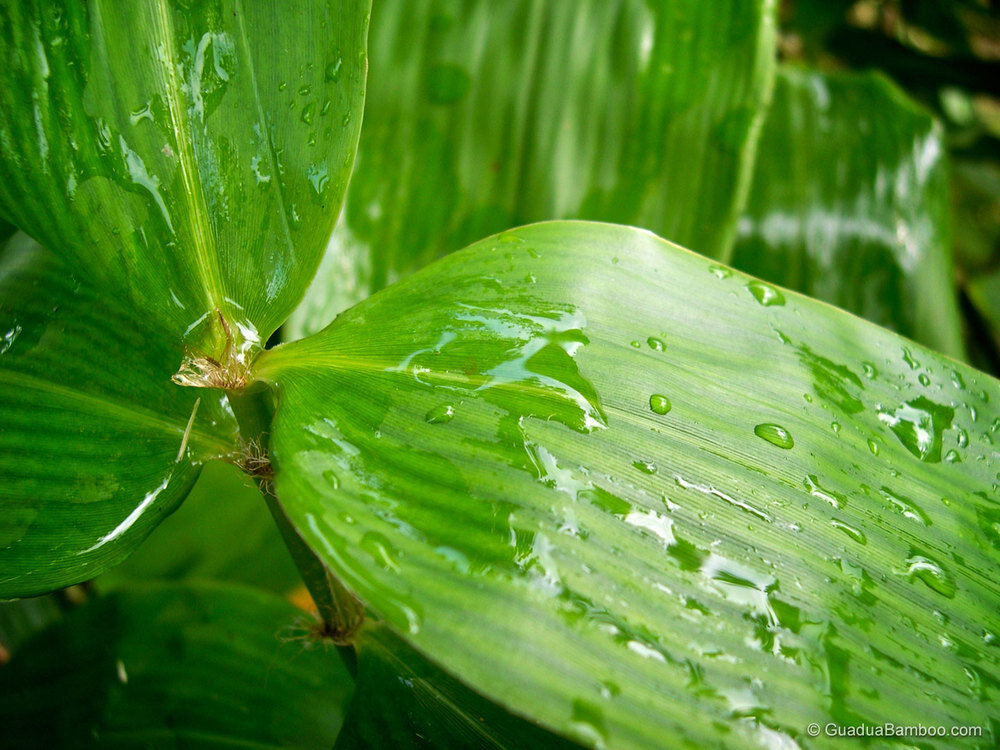
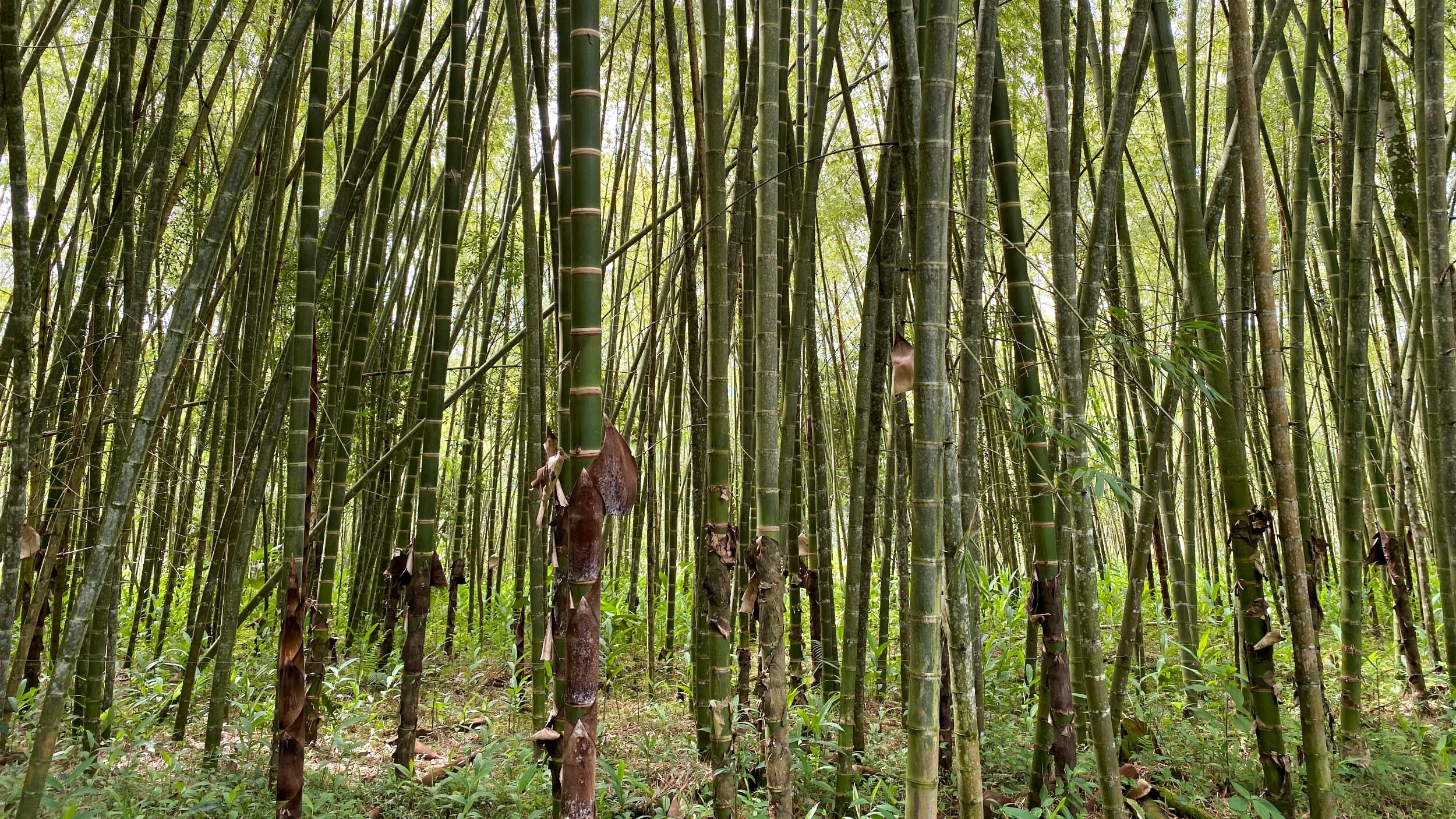
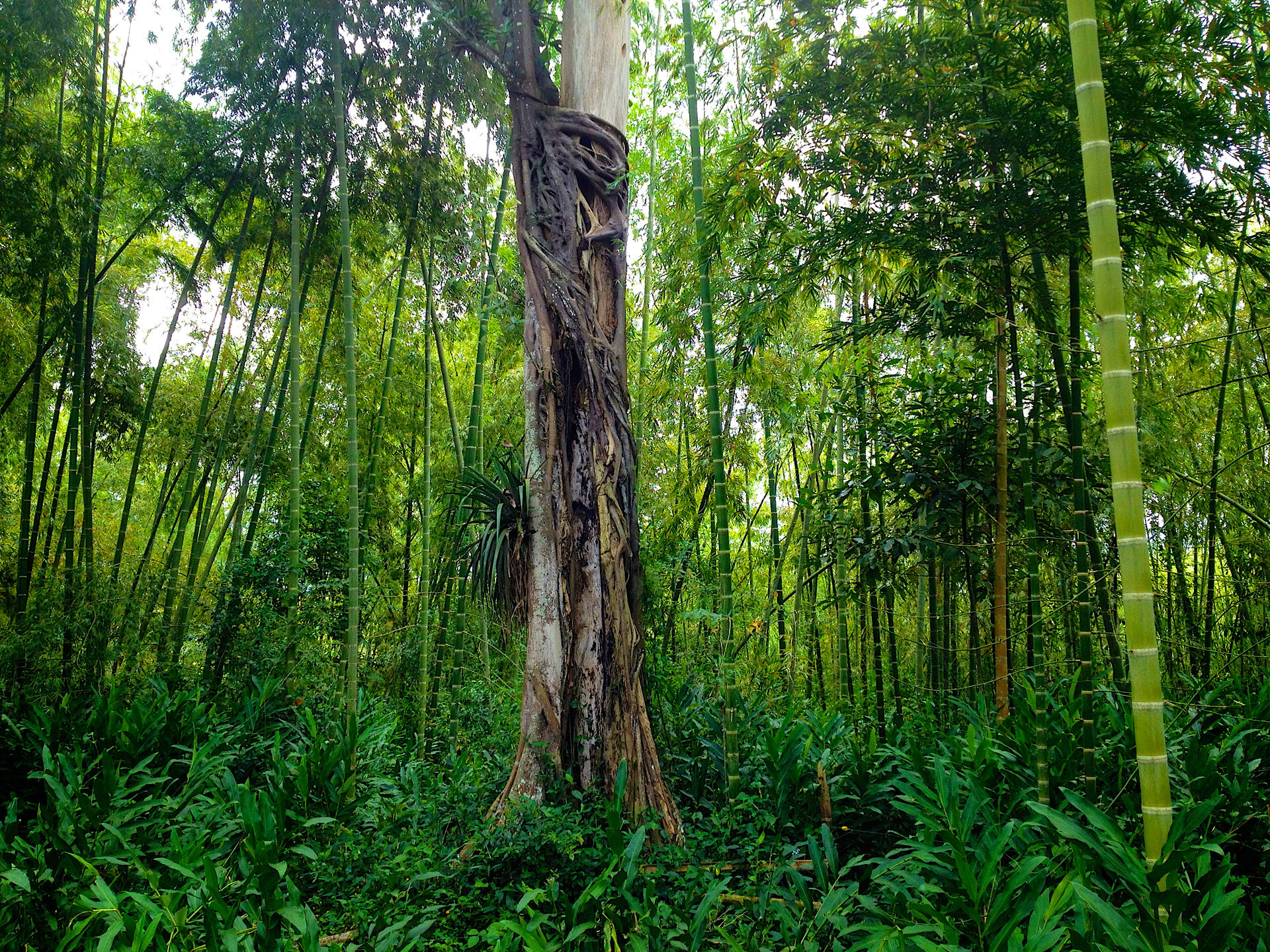
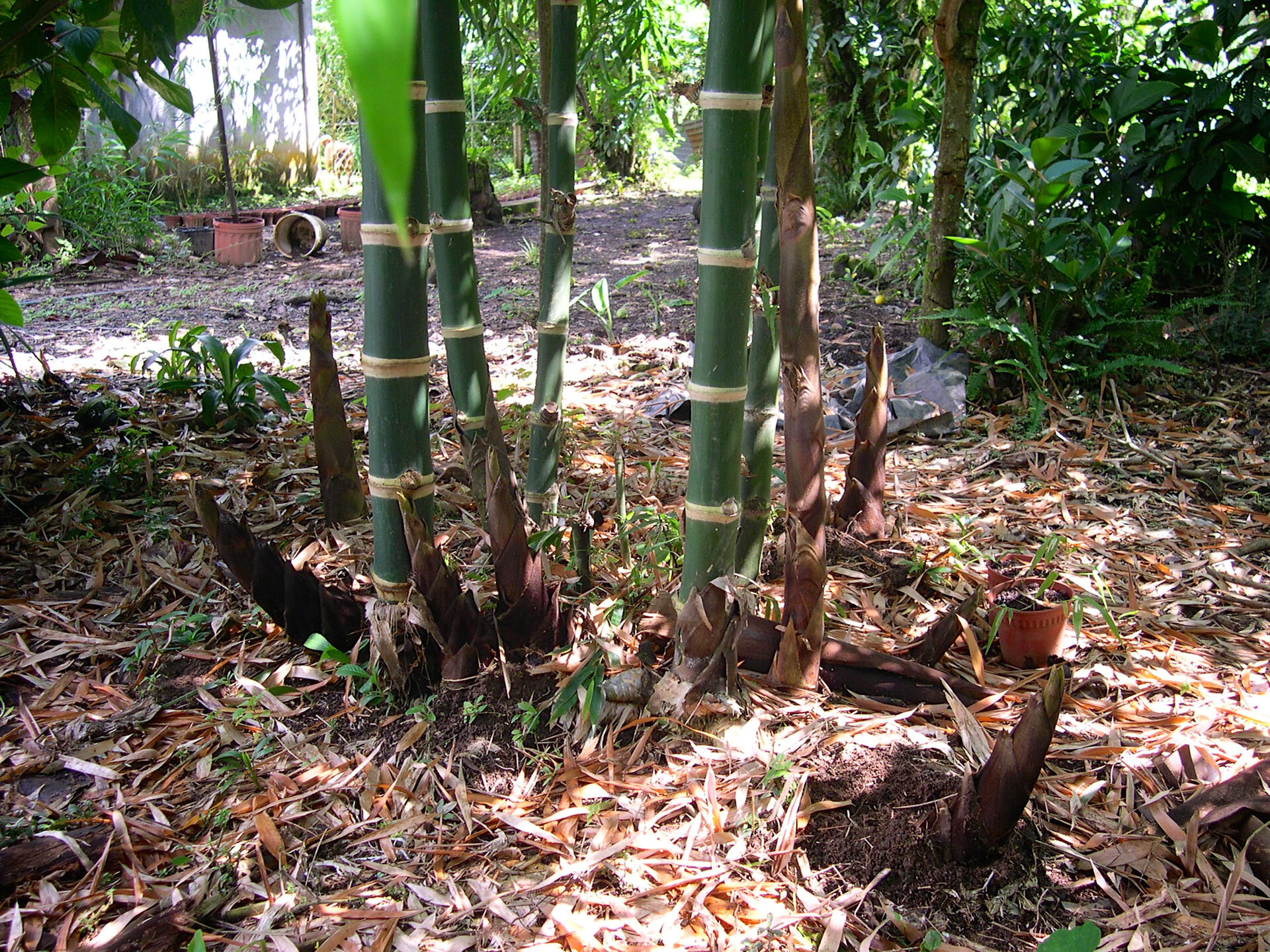
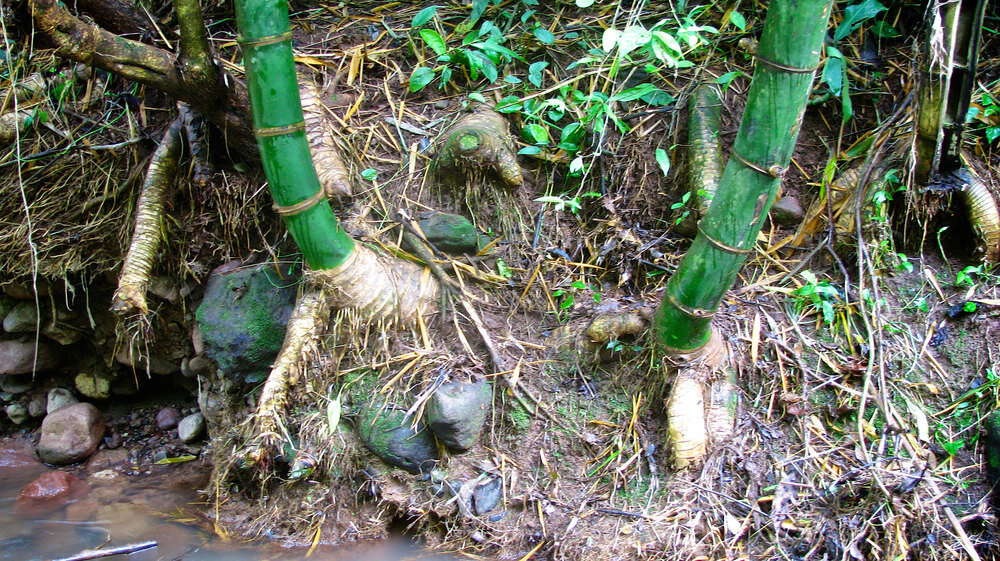
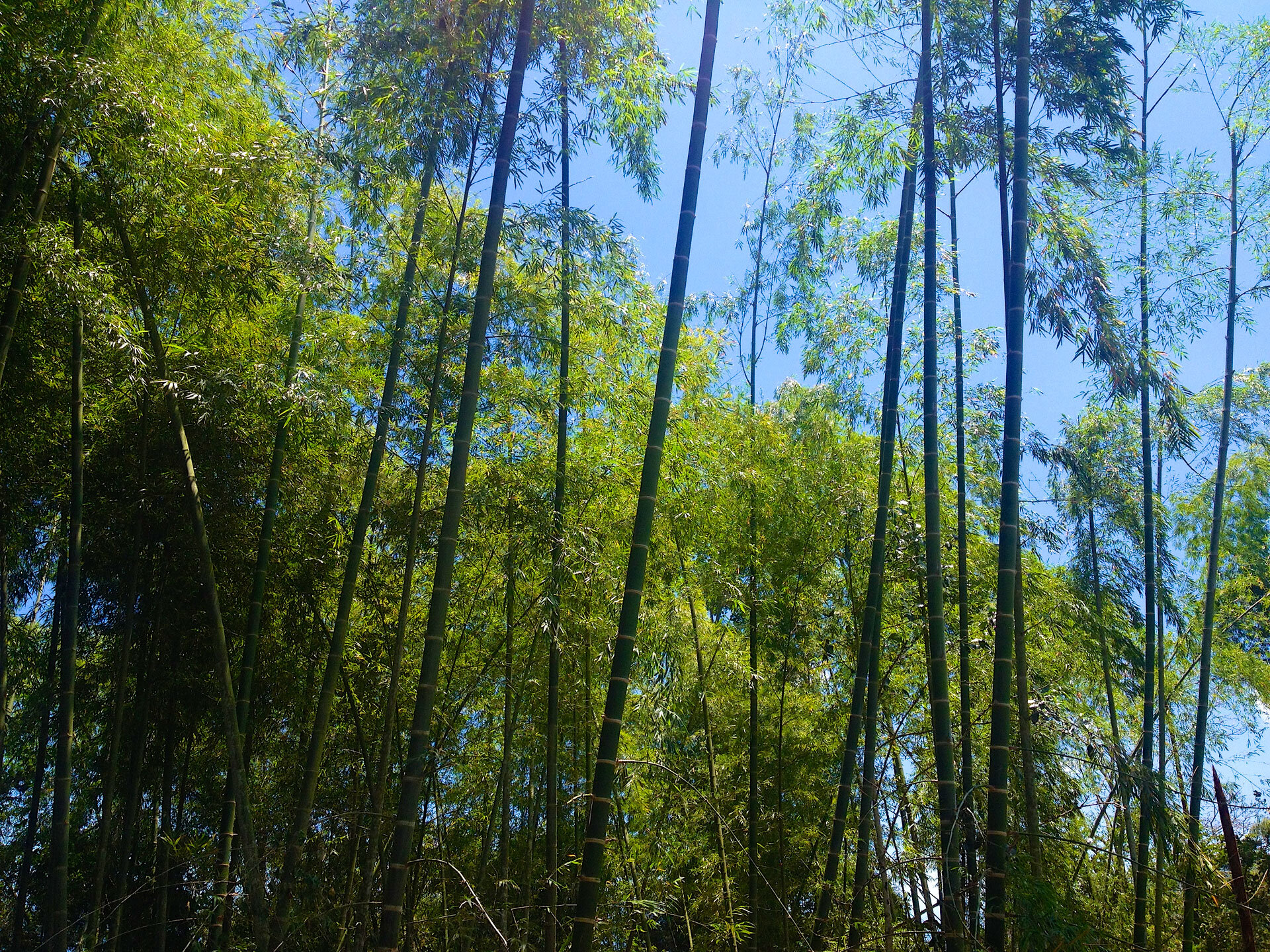
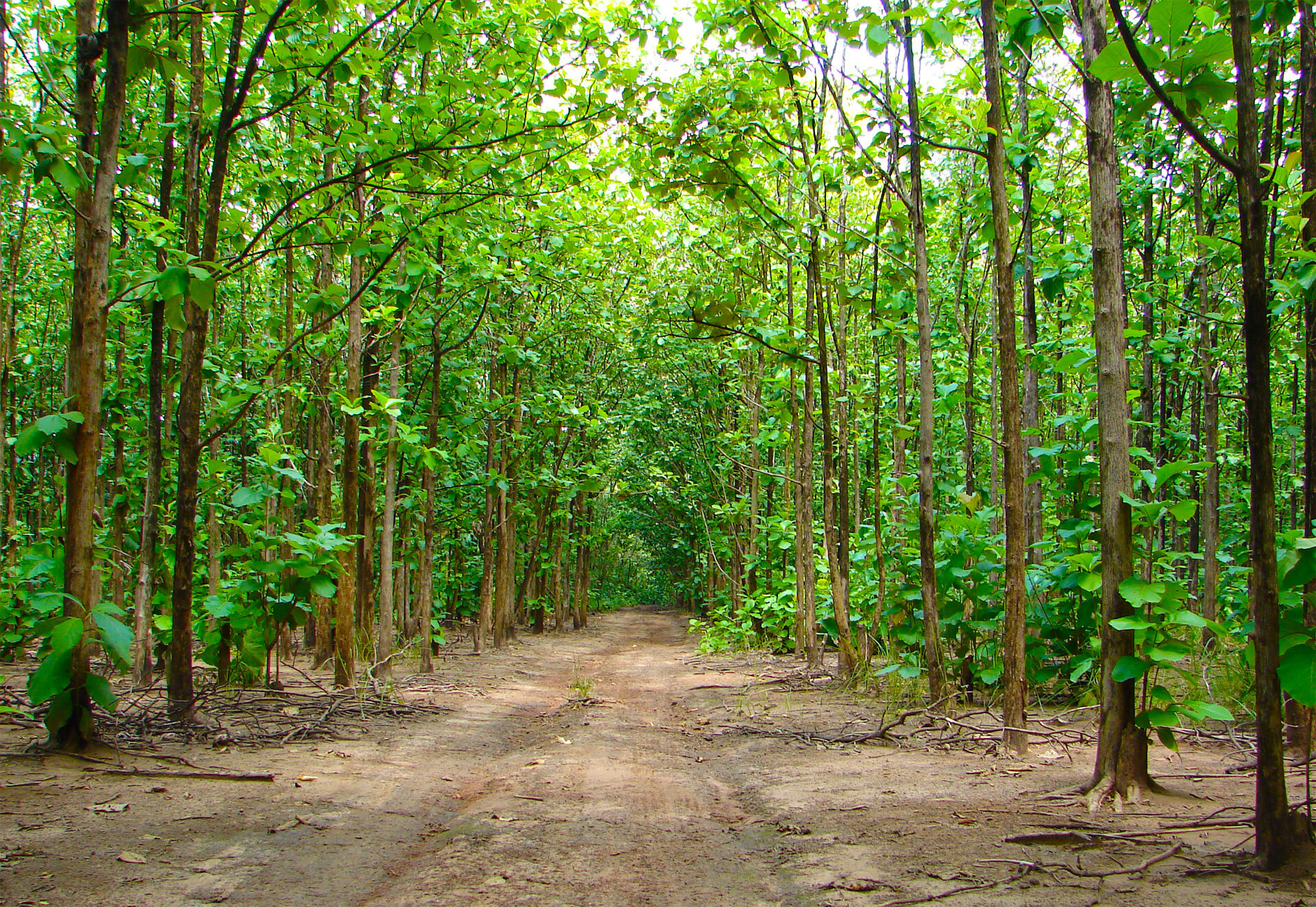
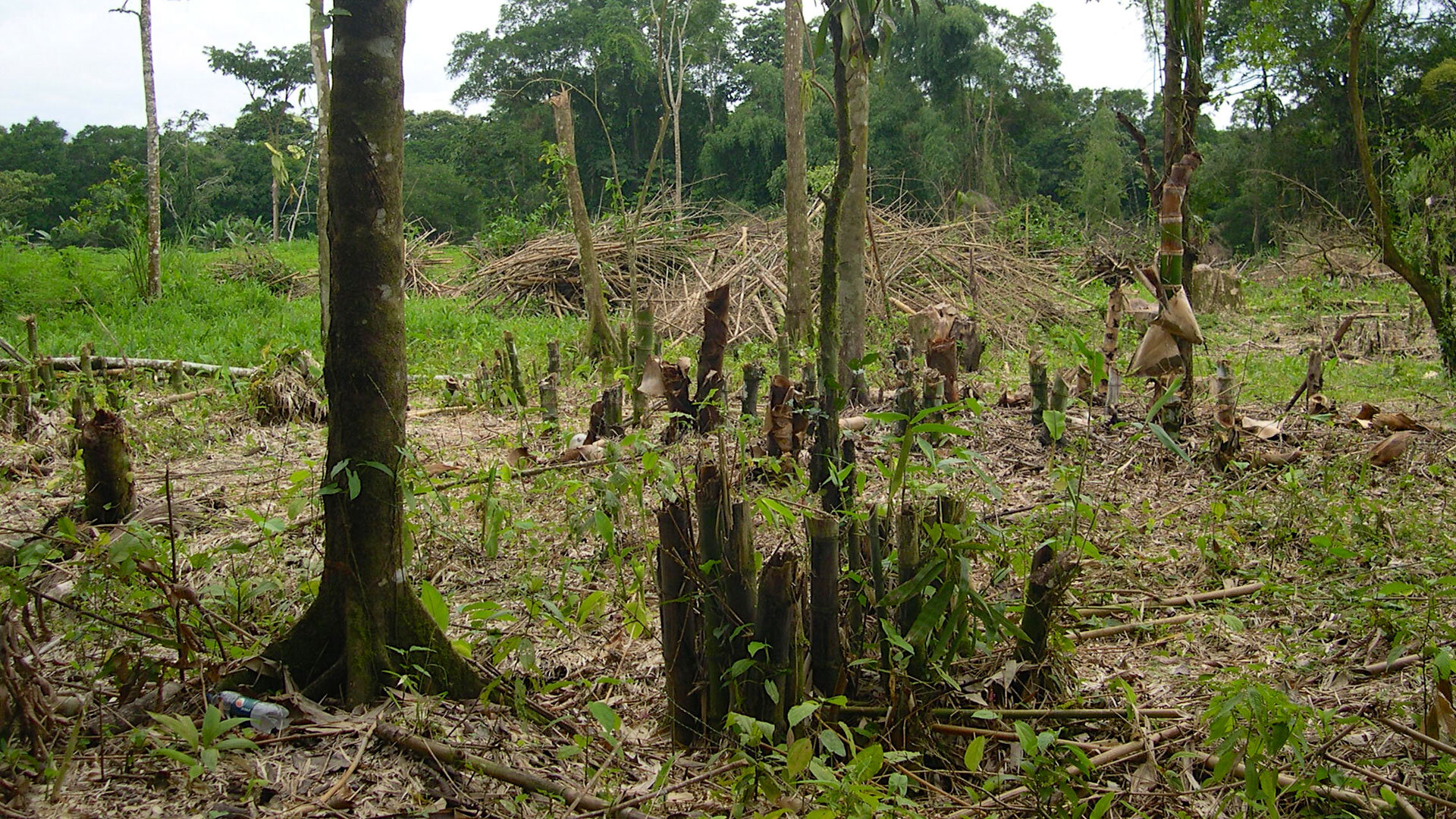
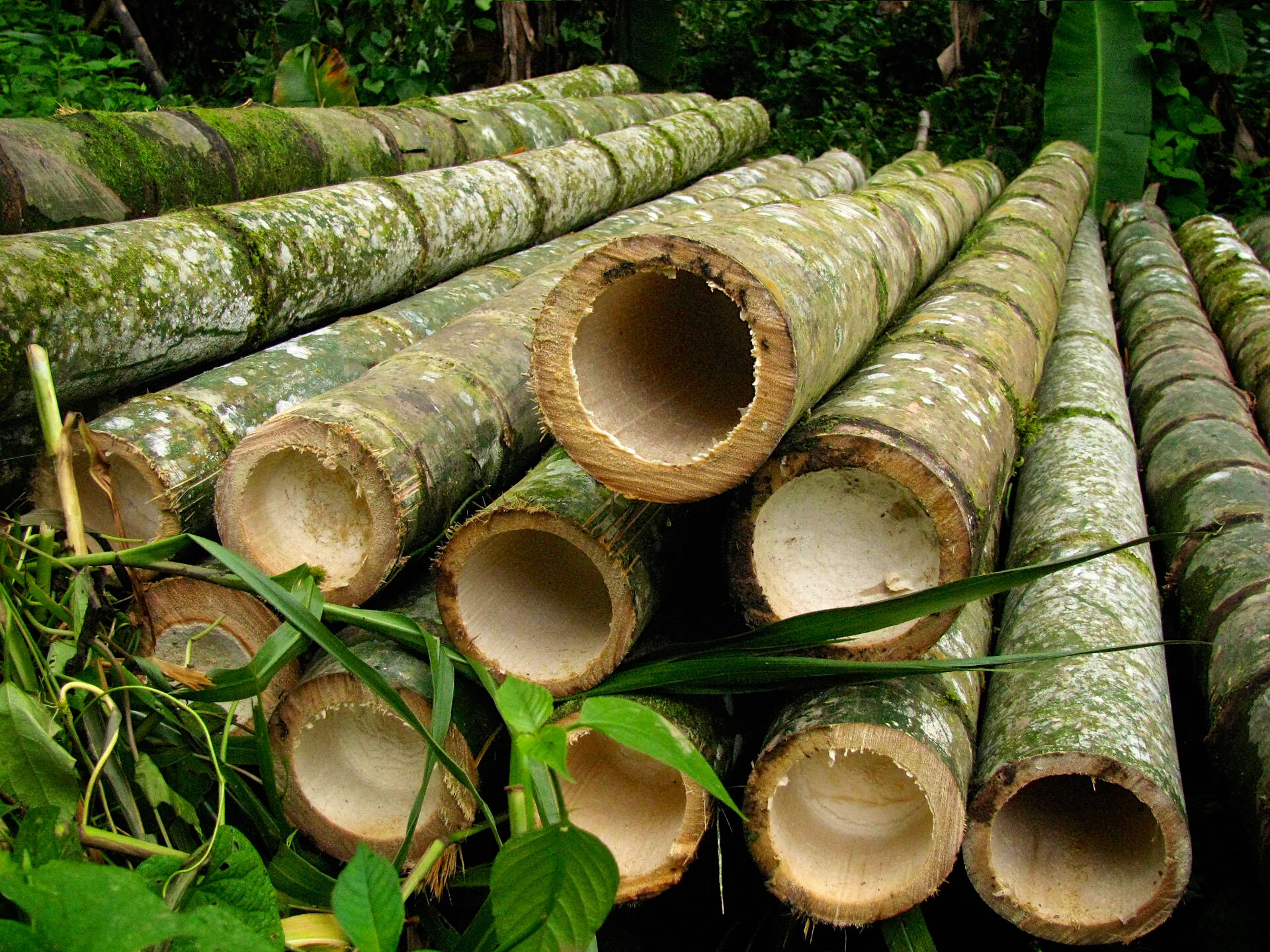
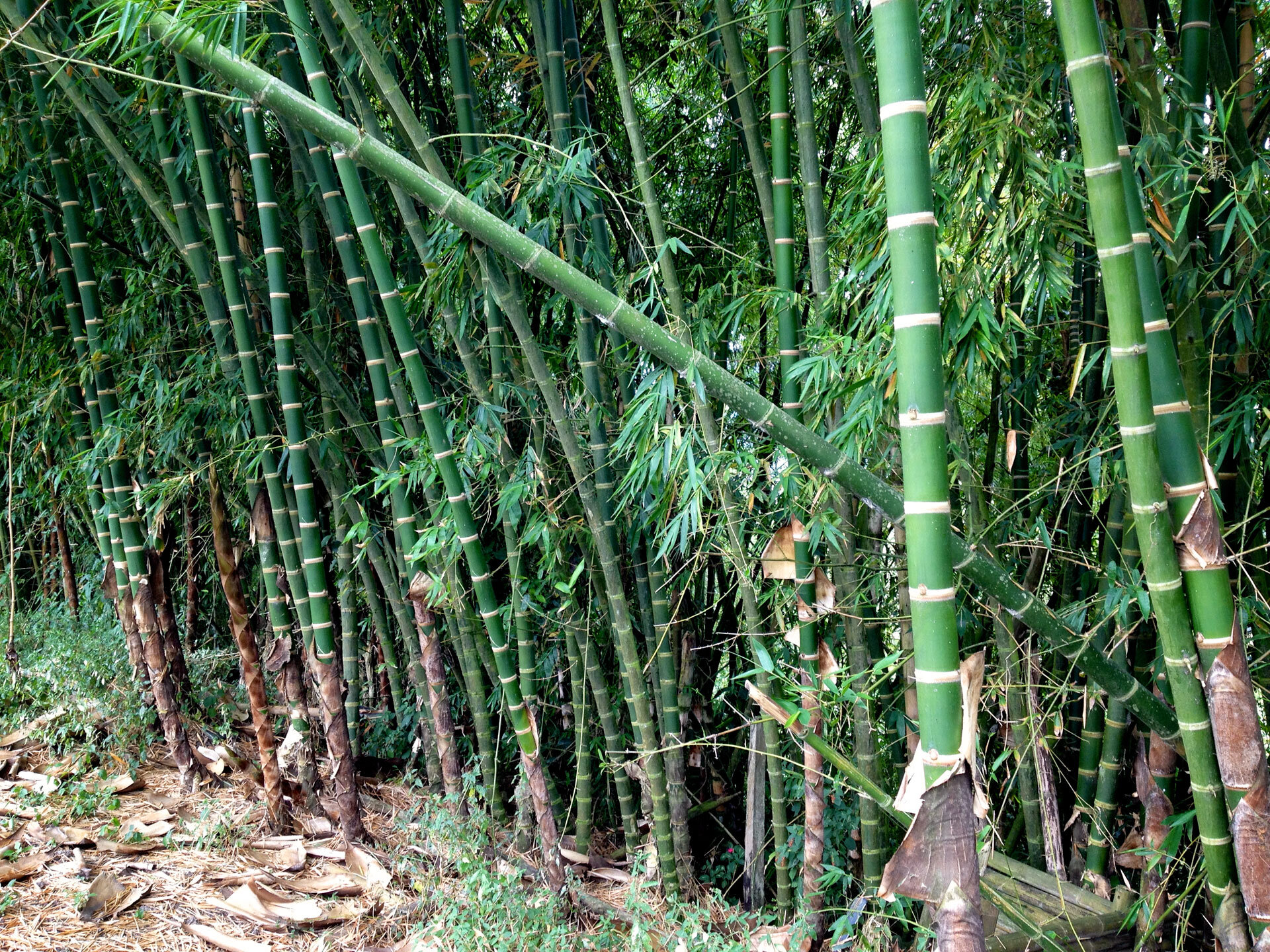
We are planning to plant about an acre of Guadua bamboo seedlings on our land on Ometepe Island, Nicaragua. We will need to irrigate through the dry season for the first and possibly the second year. I am currently evaluating my options for irrigation and would appreciate any feedback.